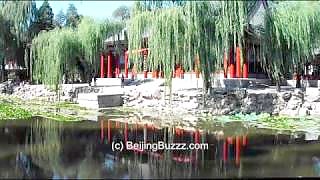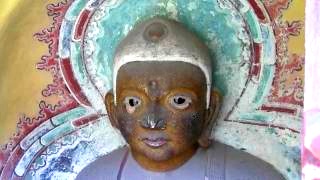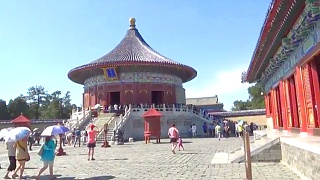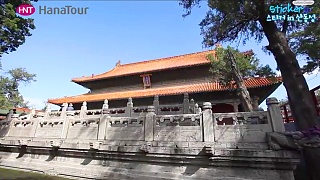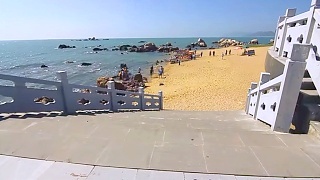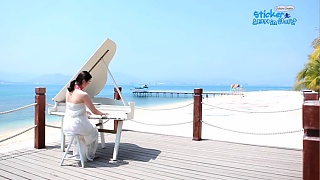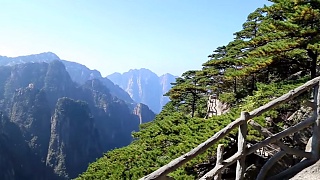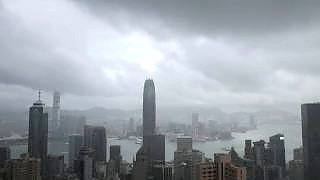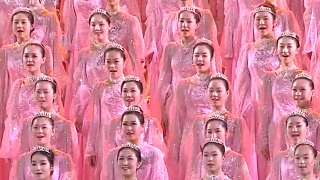YuanMingYuan, also known as the 'Old Summer Palace', was constructed during the 18th and early 19th century and was a wonderland of lakes and waterways, bridges, hills and pavilions.
One third of the ground of YuanMingYuan was taken up by over 200 small hills with steep sides, secluded valleys, rock walls and stone caves. Half of the garderns are covered by the waters of lakes, winding streams and ponds.
It was at YuanMingYuan that the emperors of the Qing Dynasty resided and handled government affairs - until it was destroyed; the Forbidden City was mostly used only for formal ceremonies at this time.
The southern part of YuanMingYuan was where emperors handled state affairs, while the other parts were primarily for personal use and comprised of more than 150 scenic spots, involving rare exotic flowers and trees from different parts of the country.
There were originally towers, terraces, pavilions, halls, corridors, pagodas and bridges with a total construction area of 150,000 square meters - corresponding in scale to that of the Imperial Palace. Artisans were recruited from all over China to enact the exquisite settings.
The various styles of architecture, standing encircled by hills and rivulets, presented a most picturesque view. Many were reproductions of scenic mountains, rivers and famous gardens in China (mostly southern China).
During his many tours of the country, emperor QianLong made it a point to have pictures of famous gardens and scenes drawn so that he could have replicas built in Beijing. Most famous of these were the ten scenic spots of the West Lake in HangZhou.
The Old Summer Palace is often associated with the European-style palaces (Xi Yang Lou) that were built of stone. The designers of those structures, the Jesuits Giuseppe Castiglione and Michel Benoist, were employed by emperor QianLong to satisfy his taste for exotic buildings and objects. However, more than 95% of the Imperial Gardens consisted of essentially Chinese-style buildings. There were also a few buildings in Tibetan and Mongolian styles, reflecting the diversity of the Qing empire.
In addition, hundreds of invaluable Chinese art masterpieces and antiquities were stored in the halls, including some unique copies of literary works and collections.
In 1860, during the 'Second Opium War', the British and French expeditionary forces looted the Old Summer Palace. Later, on October 18 1860, a British general - despite protestations from the French (who in fact had began the looting) - gave the order to set fire to the huge complex, which burned to the ground.
In 1900, those buildings that had partly survived or been restored were burnt for good by the Western expeditionary forces sent to quell the 'Boxer Rebellion'. Many priceless artifacts were plundered and made their way to museums and private collections in Europe.
The ruins were further plundered by the warlords of the early republican period and further destruction of the ruins took place during the 'Cutural Revolution'. After all this destruction, what was left was truely just an empty shell.
Empress dowager CiXi later directed the forming of YiHeYuan (Garden of Nurtured Harmony), into a new Summer Palace; this was near to the Old Summer Palace, but on a (somewhat) smaller scale.
Nearest subway station : YuanMingYuan on line 4.
[640],shadow=true,start=,stop=
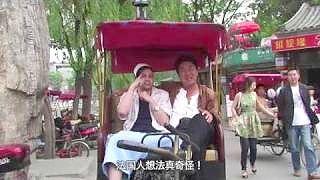

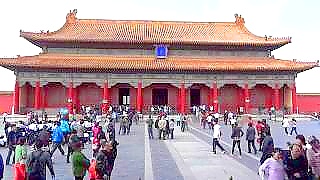
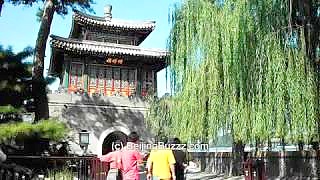
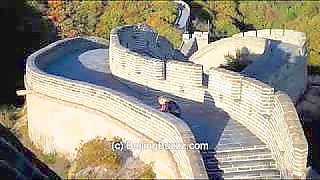
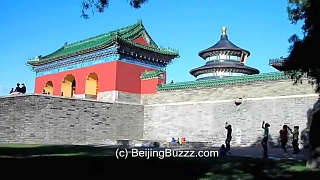
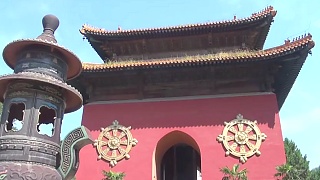

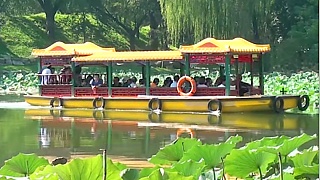
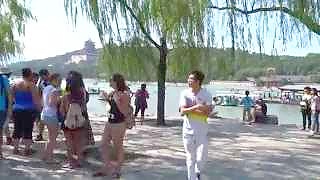



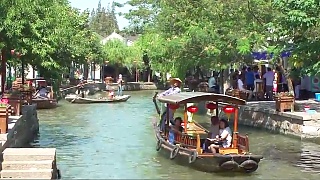
![A new collection of songs / auditions from the wonderful Voice of China. With 2017 (series 4) judges Wang Feng, Na Ying, Harlem Yu and Jay Chou; plus a few songs from series 2 and 3 ... 00:01 The Voice of China 4 Trailer (Wang Feng, Na Ying, Harlem Yu & Jay Chou) 01:38 Chen Bing (陈冰) - `盛夏光年` (Eternal Summer) [S03] 04:45 Bek (别日克) - `Volare` [S04] 08:08 Zhou Shen (周深) - `欢颜` (Your Smiling Face) [S03] 11:34 Zhang Dandan (张丹丹) - `爱是一颗幸福的子弹` (Love Is A Happy Bullet) [S03] 15:00 Lin Yan (林燕) - `别来纠缠我` (Don`t Pester Me) [S04] 18:39 Zhang Xin (张新) - `Fallin`` [S02] 21:14 Zhu Ke (朱克) - `离不开你` (Can`t Leave You) [S02] 24:08 Saya Chang (张惠春) - `怎么说我不爱你` (How Can You Say I Don`t Love You) [S04] 27:31 Li Zhixian (李致贤) & Chyi Chin (齐秦) - `火柴天堂` (Matchstick Heaven) [S03] 29:35 Bei Bei (贝贝) - `花火` (Fireworks) [S04] *** BeijingBuzzz Top Choice 33:16 Will Jay (刘伟男) - `Lemon Tree` [S04] 37:03 Rocky Chan (陈乐基) - `月半小夜曲` (Half Moon Serenade) [S03] 40:35 Jóhannes Koo (古振邦) - `Say Something` [S04] 44:27 Abigail Garza (李安安) - `I Surrender` [S04] 48:39 Lotus Zhang (张姝) - `一起摇摆` (Let`s Rock) [S04] 52:26 Zhao Han (赵晗) - `煎熬` (Torment) [S02] 55:52 Cui Tianqi (崔天琪) - `Mad World` [S02] 58:59 Li Wenhui (李文慧) - `Yellow` [S04] 1:03:04 Tan Xuanyuan (谭轩辕) - `Sill Loving You` [S04] 1:06:24 Zhang Jingyi (张婧懿) - `玫瑰` (Rose) [S03] 1:09:47 Yao Beina (姚贝娜) - `也许明天` (Maybe Tomorrow) [S02], July 2013 ### 1:13:11 Taskyn (塔斯肯) - `Dudarai` (Дударай) [S02] ### Yao Beina (aka Bella Yao), 姚贝娜, 26 September 1981 – 16 January 2015 (aged 33; breast cancer). Among much more, she sang in the CCTV Spring Festival Gala twice, and the pop version of Let It Go in the Disney film Frozen for the Mandarin Chinese dub when the film was released in China. Read more ... It`s been a while, but here is over 2 hours of great music. Voice of China music feast](http://img.youtube.com/vi/lTQX1oPHw_g/mqdefault.jpg)


